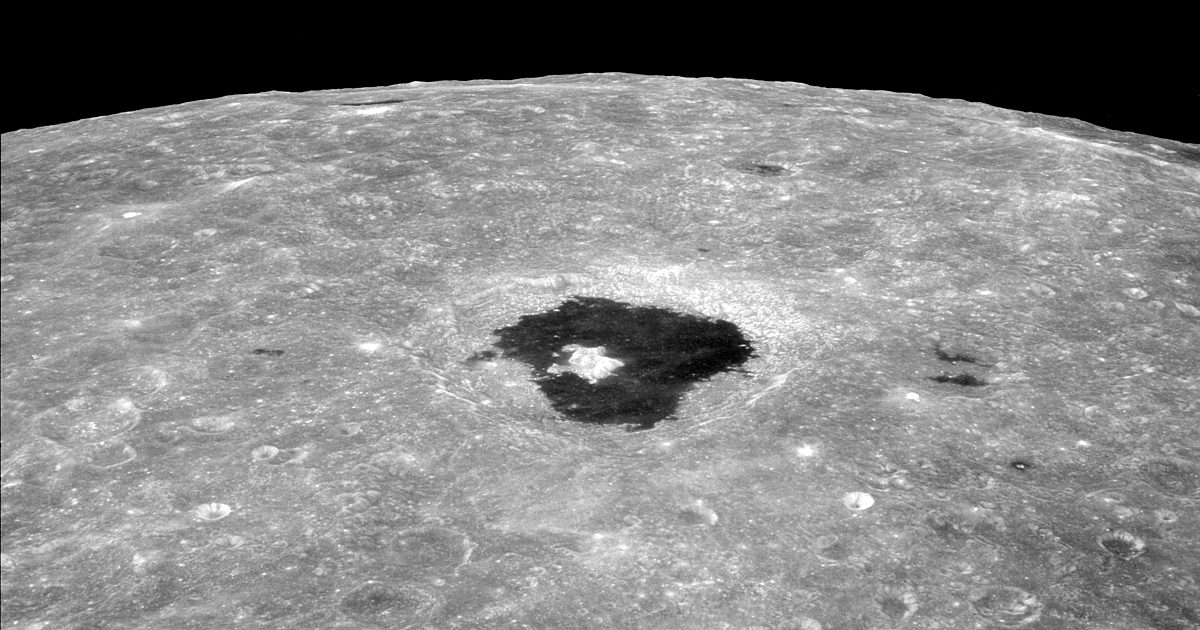The most fascinating peculiarity of our universe lies in the intricate challenge of timekeeping: The passage of seconds varies slightly depending on altitude, with time moving marginally faster at higher elevations compared to lower ones on Earth.
While these differences may not concern most individuals in their daily lives, the resurgence of space exploration, with endeavors by the United States, its allies, and China to establish permanent lunar settlements, has once again thrust the complexities of time into the spotlight.
On the lunar surface, a single Earth day is approximately 56 microseconds shorter than on our home planet, a seemingly minuscule difference that can accumulate into significant disparities over time.
NASA, along with its international collaborators, is currently addressing this conundrum. Cheryl Gramling, the lead for lunar position, navigation, and timing standards at NASA’s Goddard Space Flight Center, emphasizes that the intention is not merely to establish a new “time zone” on the moon, as some headlines suggest, but rather to devise an entirely new “time scale” that acknowledges the faster passage of seconds on the lunar surface.
The objective is to develop a consensus among spacefaring nations for adopting a new method of timekeeping tailored specifically for lunar conditions. A recent directive from the White House tasks NASA with outlining plans for this new time scale by the end of the year 2026, coinciding with the agency’s ambitious aim to return astronauts to the moon.
The upcoming months are pivotal for resolving the challenges of accurate lunar timekeeping and reaching agreements on the deployment of timekeeping instruments on the moon, essential for the activities of future human missions.
The intricacies of time measurement have evolved significantly since the advent of mechanical clocks in the 14th century, and Albert Einstein’s theories of relativity introduced further complexity in the early 20th century. General relativity elucidates how gravity influences the fabric of space-time, causing time to elapse at different rates depending on gravitational strength and velocity.
To address these complexities on Earth, scientists have deployed atomic clocks at various locations worldwide, which, in conjunction with Einstein’s theories, facilitate the establishment of Coordinated Universal Time (UTC). This meticulous timekeeping underpins modern society’s critical functions, from economic activities to scientific endeavors.
The challenges intensify beyond Earth’s confines, where time dilation effects from both general and special relativity come into play. While astronauts aboard the International Space Station can synchronize their activities with Earth time due to relative motion canceling out some effects of time dilation, missions to more distant destinations require independent timekeeping systems.
Spacecraft are equipped with their own clocks, maintaining time relative to their trajectory, and ground stations ensure coordination with Earth time. However, establishing a precise time scale for the moon requires dedicated lunar clocks, which necessitate careful planning regarding instrumentation, positioning, and synchronization with Earth time.
Efforts to establish a lunar time scale, such as NASA’s LunaNet initiative, involve collaboration among international partners to define standards and protocols for lunar timekeeping. The success of such endeavors not only facilitates lunar exploration but also lays the groundwork for future missions to Mars and beyond.
Navigating the temporal landscape of celestial bodies presents unique challenges, but by leveraging advancements in timekeeping technology and international cooperation, scientists aim to unravel the mysteries of time beyond Earth’s bounds.
